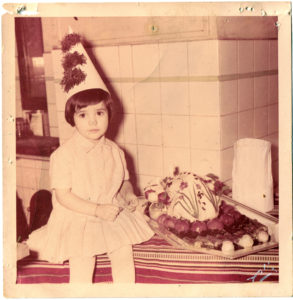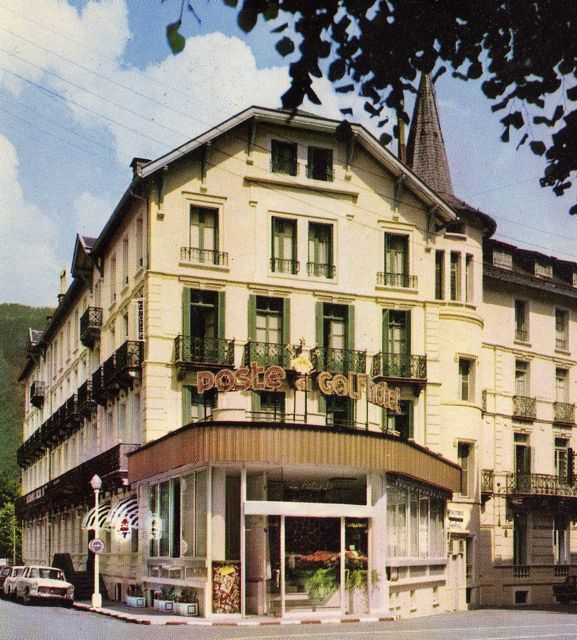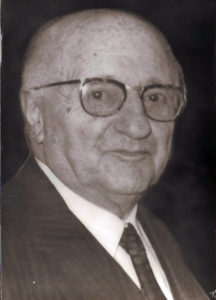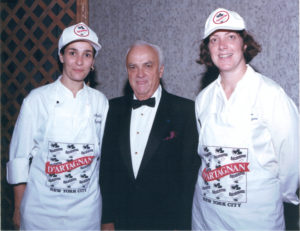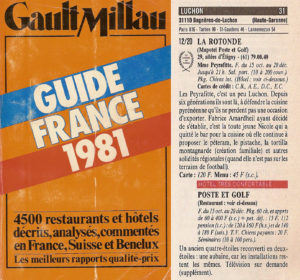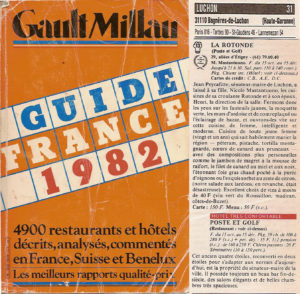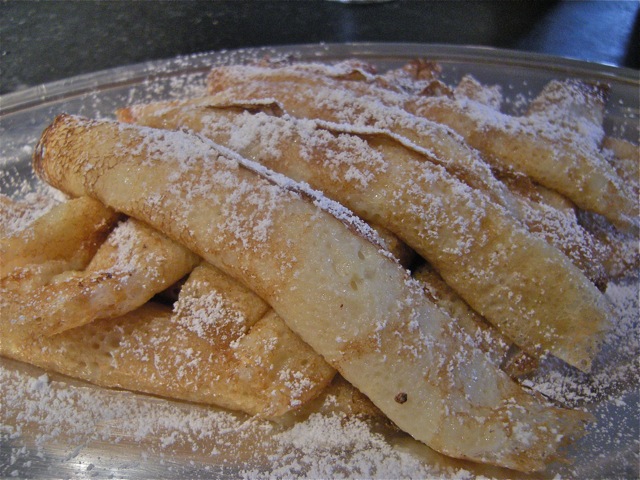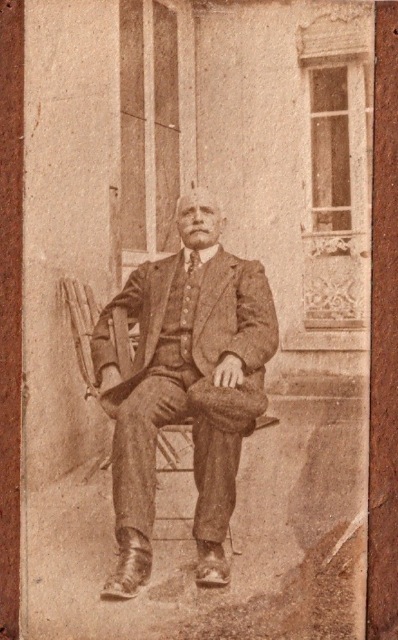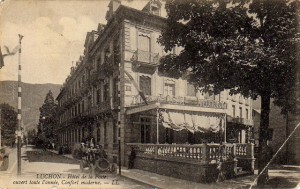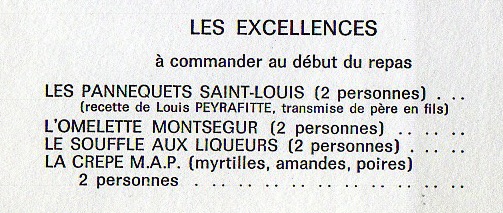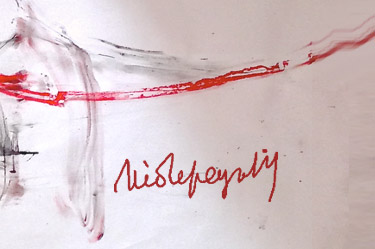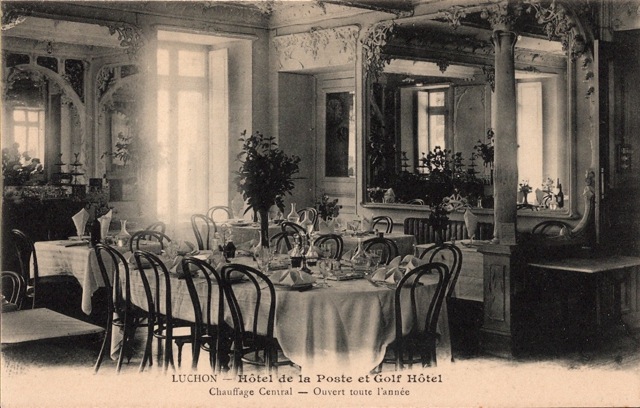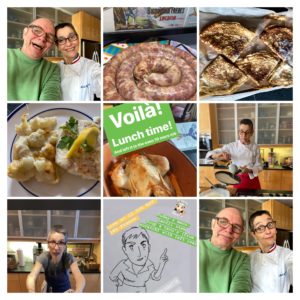
Friday April 24th was the finale our Live Cooking Videos—while confined.
First and foremost THANK YOU to all the viewers, & a very special thank you to all the regulars from literally all around the globe. During these 24 daily livecast rendez-vous, you provided sustained warm & joyful support which gave me a some sense of purpose in these trying times while we are all confined, waiting for the virus to pass.
By now, sadly most of us know someone who has succumbed to the coronavirus, and we are also all watching — or no longer watching in order to stay sane — the ineffective & disgusting political debacle. Even if most of us are safely at home, and in a somehow privileged situation — I sure feel mine is that — we still all go through the emotional roller coaster, so if the show helped make your ride smoother, I am super happy. You need to know that it sure eased mine tremendously, so gratitude to you all for watching & cheering! I really know that I also learned a lot from the whole process.
Do not hesitate to reach out via messenger at any point if you have cooking questions of just want to keep in touch; I would love that!
Meanwhile, stay healthy, take great great care & eat the best you can.
Much much love from the two of us.
P.S: The videos of all 24 videos from the last to the first below & they all have notes & links with useful information. Below the videos more cooking background info.
What do we eat/cook & why?
A few years back for serious health reasons we switched to healthier, low glycemic foods & adopted the 16/8 intermittent fasting method that involves eating only during an 8-hour window & fasting for the remaining 16 hours. So we eat a variety of foods but avoid pasta, rice, potatoes, sugar, processed flour & we favor veggies, legumes, eggs, healthy whole grains, & responsibly raised meat, poultry, & seafood, some fruits…Well, you get the idea & you will discover the details in the videos below. We will keep adding them as we go. Never hesitate to ask questions or request foods recipes you would like to see demonstrated or talked about.
Voilà! Bon Appétit, stay home & healthy!
VOILA ! LUNCH TIME VIDEOS:
01 — Today homemade Soup & Granola
02 — Shrimp Saffron Cream sauce with Swiss Chards
03 — Falafel, Hummus, Coleslaw all from scratch all super healthy!
04 — Omelet
05 — Veggie Soup, Dairy free delicious dessert,
06 — Bacalao and Ayacotl.
07 — Nested Eggs & Baked Apples
08 — Grated carrots & Kimchee Miso soup & left over of Bacalao & Ayacotl (White beans salad)
09 — Poached Eggs & Beet salad w/ Goat cheese & Walnuts.
10 — Sardines Tartine + Quinoa patties
11 — Quick Lentil stew, Soup made with left-overs, Lamb tacos with homemade tortillas.
12 — Choux-Fleur Bechamel
13 — Our Anniversary Lunch, with Poulet confit & a scrumptious Sabayon!
14 — Œufs cocotte & Bok Choy & Poetry(2 videos)
15 — Monk Fish Curry & Manoomin (real wild rice)
16 — Croque Saumon, more Coleslaw, poached Pears. (2 videos)
17 — Oeuf Mimosa /Deviled Eggs and more
https://www.facebook.com/632389305/videos/10158391781199306/
18 — Tofu Joyeux but firm! More Wild Rice & Elegant Orange Salad.
19 — Sweet & Savory Crêpes (2 videos)
https://www.facebook.com/nicolepeyrafitte/videos/10158399302394306
https://www.facebook.com/nicolepeyrafitte/videos/10158399515964306
20 — Chocolate dairy/sugar free dessert. Baked sweet Potatoes another Coleslaw & Oeufs aux plat.21 — Homemade Sausage from scratch ) & Soldier Beans
22 — Œufs brouillés with Morels & Ramps for Earth day & quick made Oat Milk for an impro dessert. https://www.facebook.com/632389305/videos/10158419216689306/
23 — The Ancient Grain of the day is: Purple Barley.
24 — Season finale! Gromperen Pla à la LuxoGascoRicaine & Healthy Apple Fritters.
“Voilà Lunchtime” were daily live-casted on FB & IG from March 24 -April 24 2020 M-F 12:00 EST
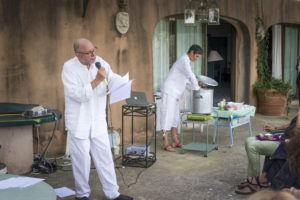 A little background:
A little background:
Once upon a time I was a cook! I never liked the term chef, though I did run kitchens & was called one! I never really missed the restaurant business, but never stopped cooking. In the early years of this blog I posted more recipes & articles on food, I taught cooking & went as far as taping a demo cooking show, and filming several recipes. My aim has always been to empower people in the kitchen, not to impress them. I appreciate sophisticated techniques & truly enjoys highly skilled chefs but I was never into that kind of cooking. My background is in French regional Southwestern food but I have been in the US since 1987 and learned so much about food here. Getting together with Pierre Joris (here producer/dishwasher/husband) in 1989 was crucial for my artistic future but also for my cooking experience: it is through Pierre that I met Diane Rothenberg & Margie Byrd who are my mentors in many ways. Both are great cooks and had open tables for many years. Diane, an anthropologist, tremendously expanded my perspectives on the history of food; Margie taught me many American staples — the best corn bread ever! & then there is my childhood friend Ariane Daguin from d’Artagnan who is an inspiration has been incredibly supportive of my food related performance work. She was an early supporter of La Garbure Transcontinentale/The Bi-Continental Chowder, a performance that included texts, videos, cooking and sharing the result with the audience. Pierre & I went on doing more of these performance & a memorable one was at the Jardin des Cinq Sens et des Formes Premières in Provence; this performance included the making of a Primordial Soup, readings, vidéos, music by Denis Brun and a Karstic-Action Painting. Here are some pix.
But my cooking debut were really early! I was born in Luchon (French Pyrenees) into the 5th generation of a family of hoteliers-restaurateurs (Hotel Poste et Golf) & my very early cooking training started when I was 6 years old with my grand-father chef Joseph Peyrafitte (whose father Louis was also a chef). Later, when I took over the family kitchen, I went to intern at award winning restaurants in France –1982: Restaurant Vanel, Toulouse, 1991: Hotel de France, Auch. Both places had 2 stars at the Michelin Guide — then I got a few awards myself!
Anyway! forwarding to today: like everyone else we are trying to make the best of this imposed confinement & I always find solace in cooking & eating well. So Pierre & I decided to share the prepping of our simple & healthy home cooking live. We are live both on Facebook & Instagram Monday-Friday from 12 to 12:30 —sometimes a bit longer. Sharing & live-casting our cooking is really in line with our Domopoetic* practice.
* Domopoetics is our collaborative attempt to think, feel & make us respons/able to this/our world & it responsive to us. We do this via our private lives & public actions & performances that meander dialogically between Nicole Peyrafitte’s drawings & videos, voice-, textual & cooking work & Pierre Joris’ poems, translations & essayistic thinking.
Memorabilia:
